personal time zones
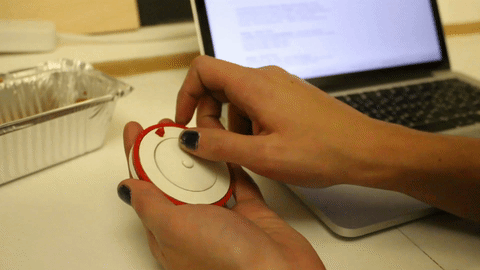
Mock-up of handheld time-dilating device
Experimental Design project the Royal College of Art. Collaboration with Jack O'Leary McNeice, Maya Pindeus, and Eun Kyoung Shin.
The brief for this project was to explore ‘Telepresence in the Leisure Sector.’ Telepresence is the physical to digital communication between two people separated by space; however, in this project we wanted to explore the communication between the same person separated by time, that is to say communicating with your past or future self.

The compass and anchor parts of the device determine the difference between the personal and desired time zones
Personal Time Zones is a conceptual time-dilating device; the device speeds up or slows down your perception of time by shifting incoming light frequency to alter your melatonin response. Personal Time Zones provides an opportunity to create a new, relevant time zone related to your relationships, jobs, or interests, instead of being subjugated by the ‘arbitrary’ times that the sun rises and sets in your physical geographical location, as explored in the following scenarios.
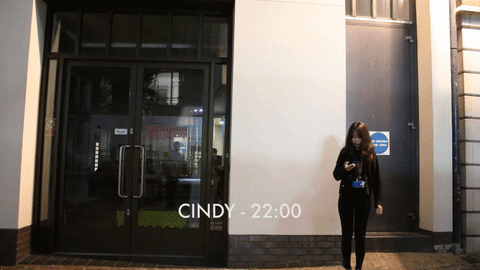
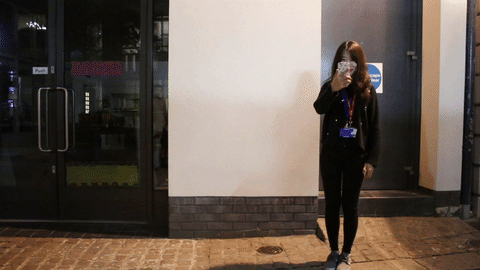
Anchoring time to another person
In this scenario, Personal Time Zones allows for people in a long-distance relationship to share a common time in spite of the geographical division.
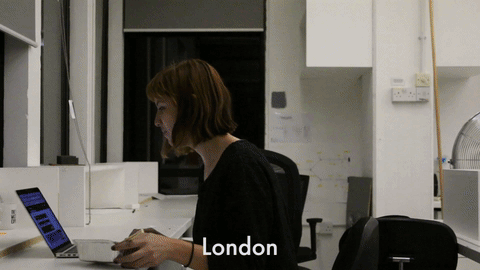
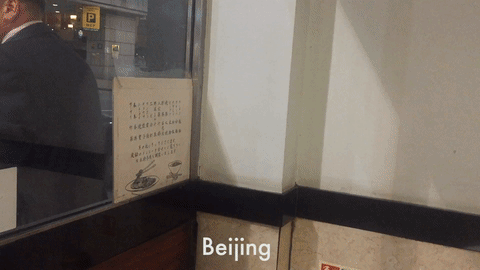
Anchoring time to another location
In this scenario, Personal Time Zones allows for people to anticipate the change to their body clocks when travelling to another country, allowing time to adjust to the new location on route and eliminating jetlag.

Anchoring time to another time system
In this future-casting scenario, Personal Time Zones would allow people from different time systems to communicate with each other. A day on Mars is 24 hours and 40 minutes, but assuming that the majority of humanity will still be on Earth during the early colonisation of Mars, these extra 40 minutes each day need to be scaled and mapped to Earth time.


Initial experiments with clocks at different speeds
The concept or replacing geographical time zones to Personal Time Zones developed from earlier experiments, conducted to gauge whether altering the measurement of time can also alter one’s perception of it. The experiments involved asking people to complete a simple task three times, for five minutes each, except that the clock was programmed to be counting down slightly faster than five minutes once, slightly slower than five minutes once, and actually five minutes once. The results showed that there was no real difference in output across the tests and that nobody could tell the difference between the different times; essentially people adjust to whatever time they are told they are experiencing through environmental stimuli, which seemed an interesting area to explore further.